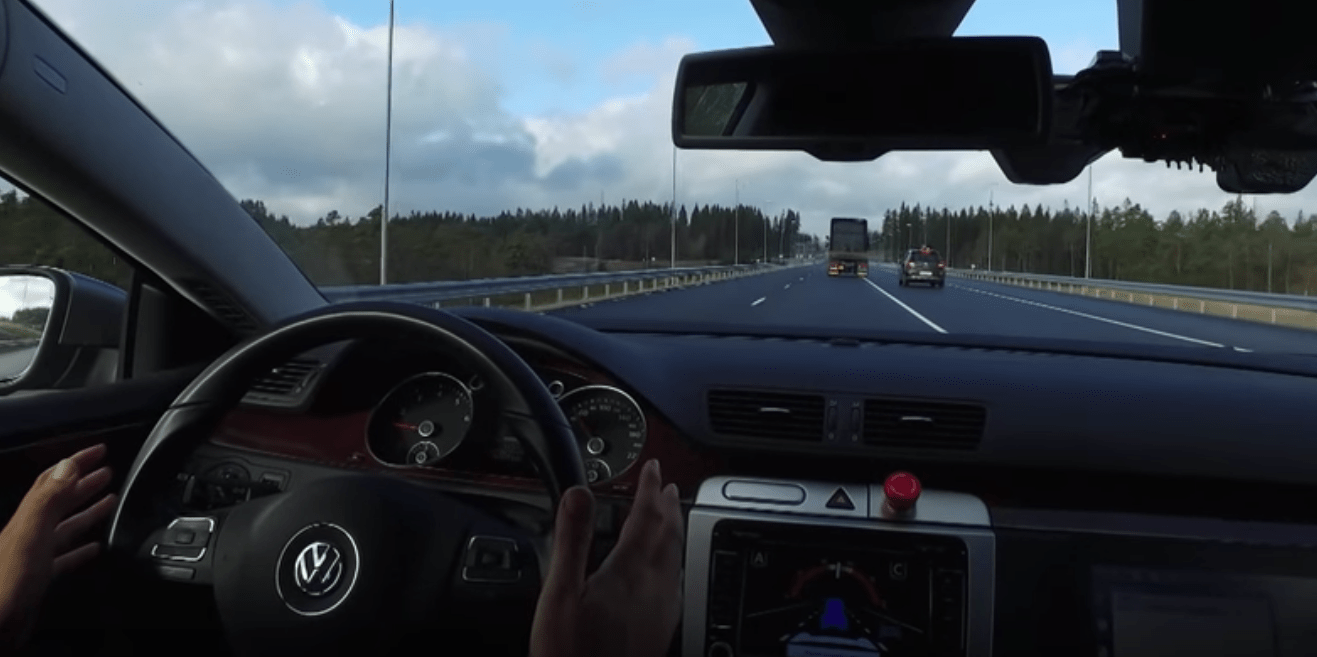

Between the present, which includes a negligible amount of vehicles with semi-autonomous functionality, and any hypothetical future where all cars are self-driving, there must necessarily be a point where autonomous and human-driven cars share the road together. This is expected to be an unpredictable and potentially dangerous time, for obvious reasons. But a team from École Polytechnique Fédérale de Lausanne (EPFL) may have taken a first step towards resolving the conflict between man- and machine-driven vehicles with a new algorithm that allows autonomous vehicles to platoon, merge, and disengage—all while recognizing and reacting to other vehicles on the road.
The ability for self-driving cars to follow one another in a platoon formation is not new; Volvo and others have been testing the technology in Europe for several years. Typically, a human-driven lead vehicle allows other cars to link up behind it. However, large convoys moving as an monolithic and uncommunicative block become unwieldy and potentially dangerous. This is where the EPFL’s new algorithm comes in.
The Lausanne team’s algorithm creates a “cooperative and distributed system” that forgoes a single vehicle issuing follow-the-leader decisions in favor of autonomous vehicles communicating amongst themselves and with the vehicles around them, making decisions based on the situation.
The combination of feedback from all vehicles’ sensors could create something like a 360-degree view of the overall traffic situation—i.e. what it looks like to each individual vehicle and the group of vehicles as a fluid unit—in real time. The algorithm would allow, for example, some vehicles within the larger group to slow down, creating a gap to accommodate a merging vehicle.
And non-autonomous cars outfitted with a modified display could alert human drivers to the autonomous vehicles’ intent to change lanes, merge, or decelerate—an important feature in the coming years of mixed-use autonomy.
“The point is that these algorithms go on top of this autonomy,” says Alcherio Martinoli, of the EPFL’s Distributed Intelligent Systems and Algorithms Laboratory. “It’s actually for coordinating multiple vehicles, but is robust enough to be deployed before all the vehicles on the road will be autonomous.”
The EPFL has already tested the system with real vehicles, and on real roads. You can seem more about this test, below.
